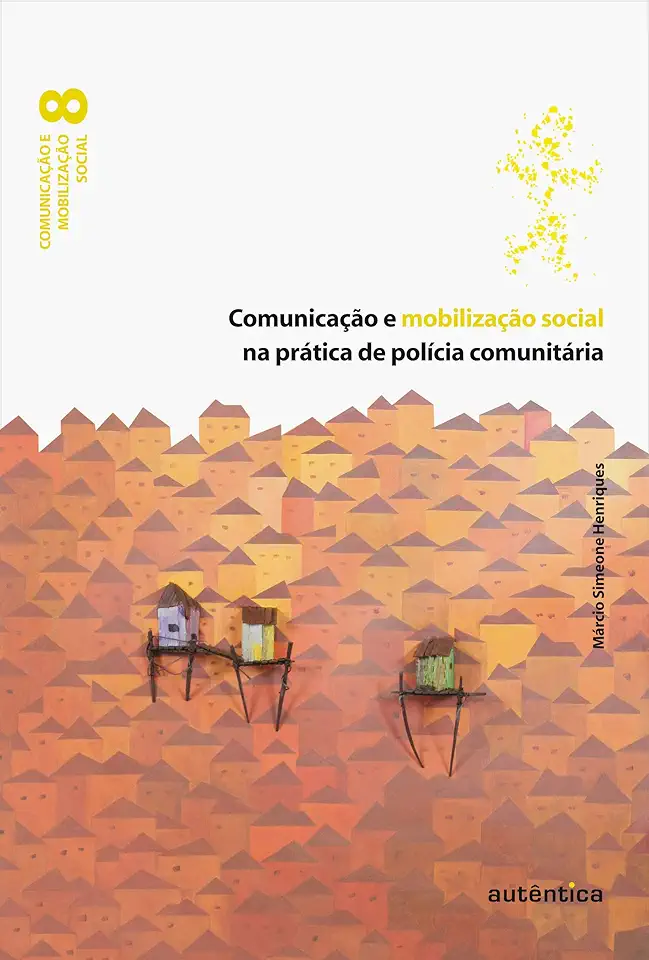
Communication and Social Mobilization in Community Policing Practice - Márcio Simeone Henriques
Communication and Social Mobilization in Community Policing Practice: A Comprehensive Guide to Building Trust and Collaboration
By Márcio Simeone Henriques
Introduction
In today's complex and ever-changing world, effective communication and social mobilization are essential for successful community policing. This comprehensive guide provides a roadmap for law enforcement agencies and community leaders to build trust, foster collaboration, and create safer, more livable communities.
Key Concepts and Principles
The book begins by establishing a solid foundation of key concepts and principles that underpin effective communication and social mobilization in community policing. These include:
- Communication: The process of sharing information, ideas, and feelings between individuals and groups.
- Social mobilization: The process of bringing people together to work towards a common goal.
- Community policing: A philosophy and approach to policing that emphasizes partnerships between law enforcement and the community.
Building Trust and Rapport
Trust is the cornerstone of successful community policing. This section provides practical strategies for building trust and rapport with community members, including:
- Active listening: Demonstrating genuine interest in what community members have to say.
- Empathy: Understanding and sharing the feelings of others.
- Transparency: Being open and honest about police activities and decisions.
- Accountability: Taking responsibility for mistakes and addressing community concerns.
Engaging the Community
Effective social mobilization requires engaging the community in meaningful ways. This section offers a wealth of ideas for involving community members in crime prevention and problem-solving, including:
- Community meetings: Providing a platform for residents to voice their concerns and collaborate with law enforcement.
- Community surveys: Gathering feedback from residents to identify needs and priorities.
- Community outreach: Building relationships with community organizations and leaders.
- Social media: Utilizing social media platforms to connect with residents and share information.
Addressing Conflict and Resolving Disputes
Conflict is inevitable in any community, but it can be managed constructively through effective communication and social mobilization. This section provides tools and techniques for addressing conflict and resolving disputes, including:
- Mediation: Facilitating dialogue between disputing parties to find mutually acceptable solutions.
- Problem-solving: Collaboratively identifying and addressing the root causes of conflict.
- Restorative justice: Focusing on repairing harm and restoring relationships rather than punishment.
Evaluating and Adapting Strategies
Effective communication and social mobilization require ongoing evaluation and adaptation. This section provides guidance on measuring the effectiveness of strategies and making necessary adjustments to achieve desired outcomes.
Conclusion
"Communication and Social Mobilization in Community Policing Practice" is an indispensable resource for law enforcement agencies and community leaders committed to building trust, fostering collaboration, and creating safer, more livable communities. By implementing the strategies outlined in this book, you can transform your community policing efforts and make a positive impact on the lives of your residents.
Enjoyed the summary? Discover all the details and take your reading to the next level — [click here to view the book on Amazon!]